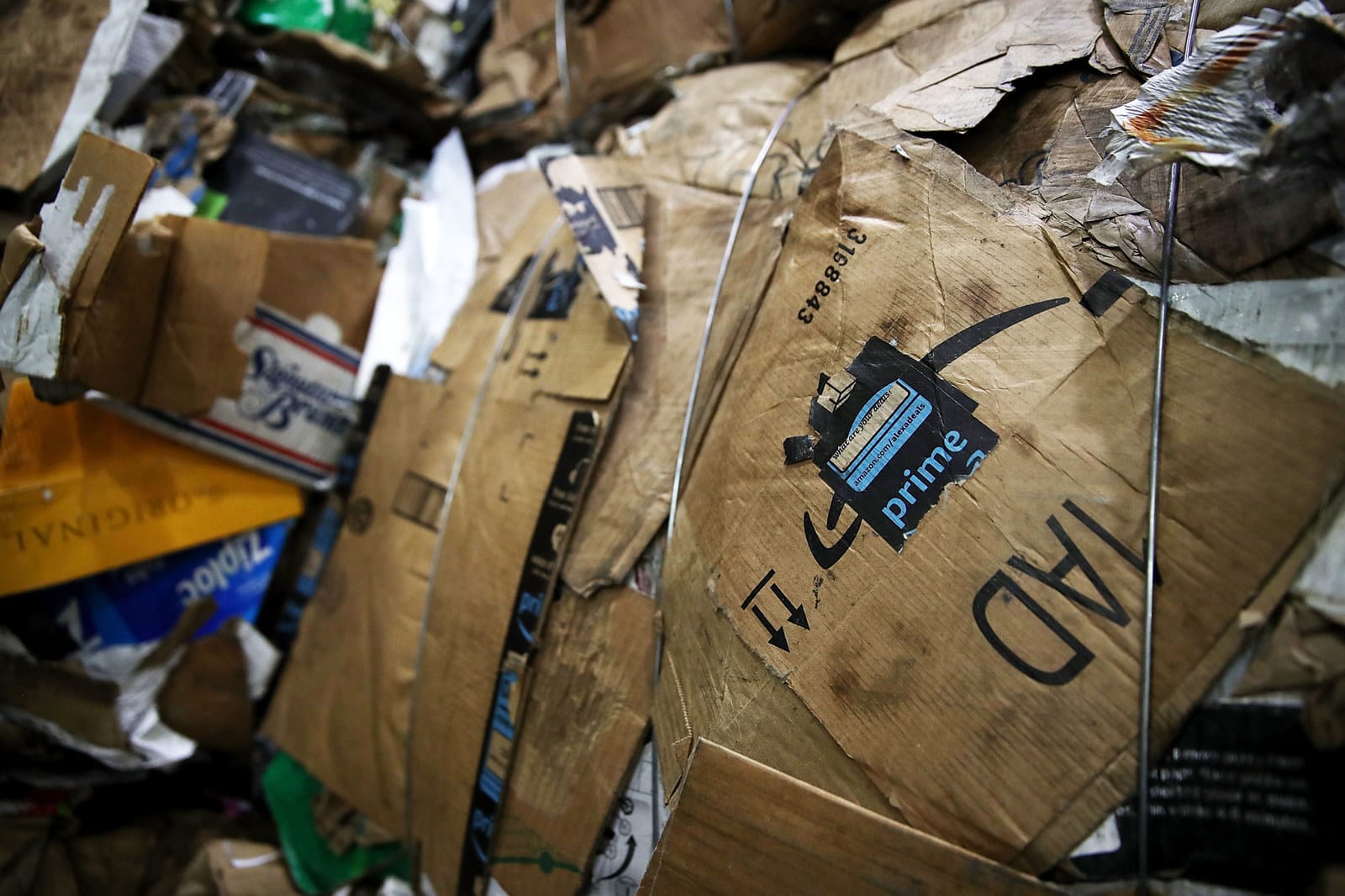Five Firms in Plastic Pollution Alliance ‘Made 1,000 Times More Plastic Than They Cleaned Up’
Oil and chemical companies who created a high-profile alliance to end plastic pollution have produced 1,000 times more new plastic in five years than the waste they diverted from the environment, according to new data obtained by Greenpeace. The Guardian:
The Alliance to End Plastic Waste (AEPW) was set up in 2019 by a group of companies which include ExxonMobil, Dow, Shell, TotalEnergies and ChevronPhillips, some of the world’s biggest producers of plastic. They promised to divert 15m tonnes of plastic waste from the environment in five years to the end of 2023, by improving collection and recycling, and creating a circular economy.Documents from a PR company that were obtained by Greenpeace’s Unearthed team and shared with the Guardian suggest that a key aim of the AEPW was to “change the conversation” away from “simplistic bans of plastic” which were being proposed across the world in 2019 amid an outcry over the scale of plastic pollution leaching into rivers and harming public health. Early last year the alliance target of clearing 15m tonnes of waste plastic was quietly scrapped as “just too ambitious.”
The new analysis by energy consultants Wood Mackenzie looked at the plastics output of the five alliance companies; chemical company Dow, which holds the AEPW’s chairmanship, the oil companies ExxonMobil, Shell and TotalEnergies, and ChevronPhillips, a joint venture of the US oil giants Chevron and Phillips 66. The data reveals the five companies alone produced 132m tonnes of two types of plastic; polyethylene (PE) and PP (polypropylene) in five years — more than 1,000 times the weight of the 118,500 tonnes of waste plastic the alliance has removed from the environment in the same period. The waste plastic was diverted mostly by mechanical or chemical recycling, the use of landfill, or waste to fuel, AEPW documents state.


